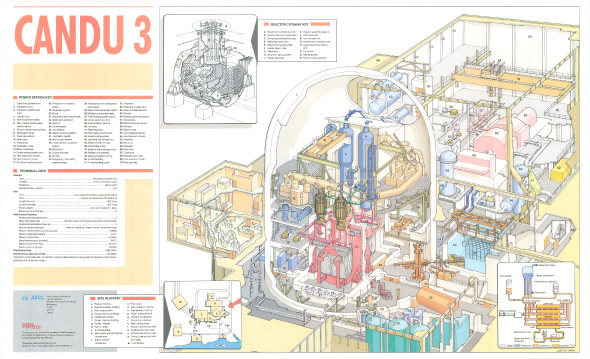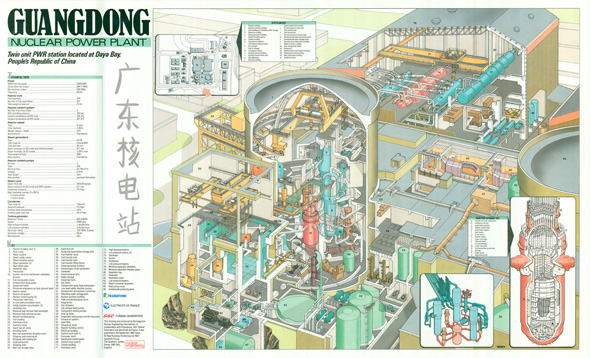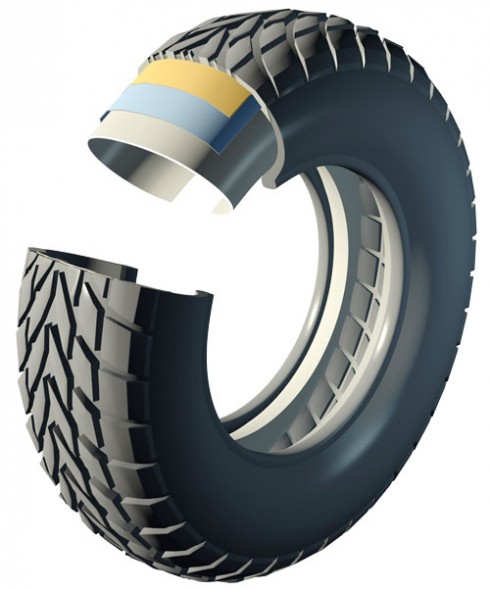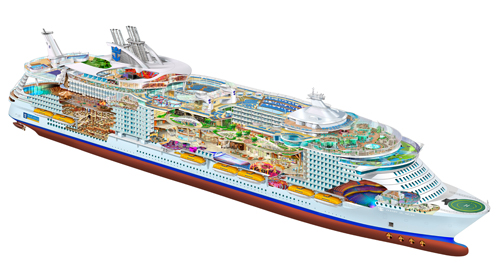
Oasis of the Seas – Alan and Beau Daniels
It’s always good to hear that working technical illustrators are keeping busy, and even though they’ve been neck deep in work, Alan and Beau Daniels were able to submit this questionnaire to me. You can check out their site here at beaudaniels.com.
At what point did you guys become involved with drawing? Both recreational and professional; try to give me the who, when, where, and hows…
I have drawn for as long as I can remember, professionally I started to make a living with the Young Artist agency in London, mostly science fiction illustration. They had tremendous publishing contacts, but no one would give me a break in England until I got the cover of Anarchistic colossus, an American publisher took a chance with me and that helped with the English publishers. There was a lot of work commercially and I was still able to pursue the fine art side. Beau was and is really a science major and business person, the passion for Beau is in chasing the job and managing the process, this works very well for us.
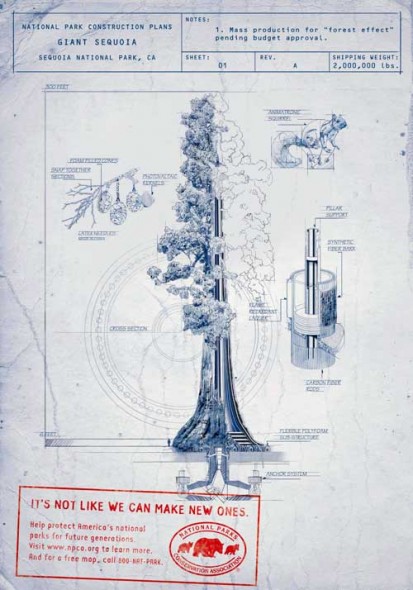
NPCA Poster – Alan and Beau Daniels
What would you consider to be your first BIG GIG as an artist? That is to say, what piece or body of work got your foot in the door of Illustration? Who was involved? What happened after that?
Big break, moving to Los Angeles to work on Blade Runner. There were a large number of illustrators brought over from the Young Artists agency, to work on the film; they had a connection with Ridley Scott from his commercial filming. It was not an easy time working for the Ladd Company and all the other English artists eventually stopped working for them and returned to England. We had already made the commitment to stay, but if we had had the money in the first year we would have returned also. Working for the movie industry you are at the mercy of too many egos, they had the ability to twist you around. But, this was probably the best thing that happened to us work wise. We made lots of contacts, built our credibility and worked out which field of illustration would suite both of our work habits.
Did you guys have a mentor/s? Who were they?
Neither of us have had mentors, but we have been lucky in meeting people who have helped our careers. One collector of my fine art work, on finding out that we were moving to the USA. bought our entire collection of commercial artwork from us, it helped in the expense of moving. He ran Museum Gallery and was a coin merchant in London, and a bit of a philanthropist. A very good man, who we are still in contact with today.
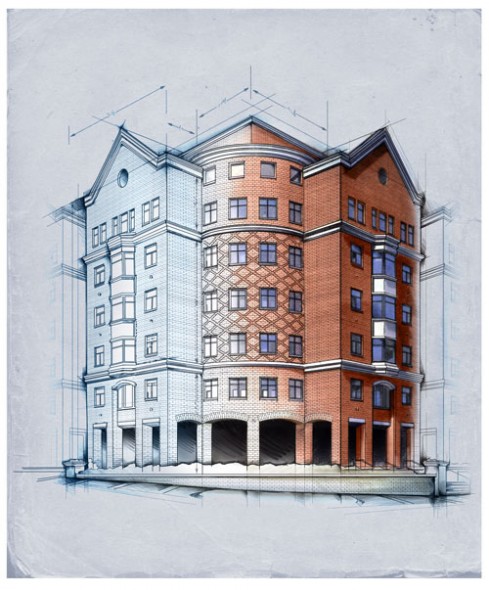
Atlanta Art Building – Alan and Beau Daniels
What did school do for you? (I know that sounds naive, but some say school did not give them much, others say a lot, whats your take). Any particular instructors, classes or groups that propelled you into doing Illustration professionally?
School taught me self-discipline and motivation. Again I was lucky at school, the teachers we had were David Hockney, Roland Piche, David Hall, Phillip Glass, Billy Apple, it was a very progressive college that believed in developing skills not only in your chosen field but also survival skills for the work environment.
Any regrets? If you could go back and do anything differently what would you do?
None at all.
How did you and your wife go about ‘selling/marketing yourselves’? How do you continue to do so?
Beau does the marketing, we have advertised in Workbook, Graphic Artist Guild Book, and Medical artists Book for many years. This form of advertising is being phased out as we get most of our work through our web sites. We have about twenty sites The reason for so many web sites was to narrow them down in content so that they are more specific, e.g. Cutaway-illustration.com — Essentially a simple teaser site to get people to go to the beaudaniels.com site, but also a way of covering a lot more ground on the web.

Ghosted Car – Alan and Beau Daniels
On a personal note…. what is the philosophy behind your craft and work? Are there any deep reasons for why+what you do? Or is it just to pay the bills? What is your philosophy on the ART world in general?
We always do the best work we can; even if as sometimes happens you have underestimated the complexity of the illustration. Sometimes from your own fault, sometimes just misunderstanding and sometimes the client not quite telling the truth at the onset. The latter reason is easier to rectify in that we will ask for a budget increase if we have not been given correct information up front. Once you have committed to a job, the money no longer matters. Try to get something creative wise out of every job you do, that can be difficult! Attitude towards the illustration business is changing, we are finding more and more agency contracts to be unacceptable in their demands, Copyright ownership, work for hire etc. we will not work under either of those conditions, and fight strongly for artists’ rights to their work. I will always draw whether or not I get paid for it, but what I draw, that would be different. Having been on both sides, working commercial illustration and trying to produce fine art. There is now so little difference, fine art through the marketing process has attached itself to the commercial realm. I dislike intensely when the fine art “world” criticizes us for being commercial illustrators. They really don’t like the fact they can’t control you because the commercial work has given us financial freedom.
